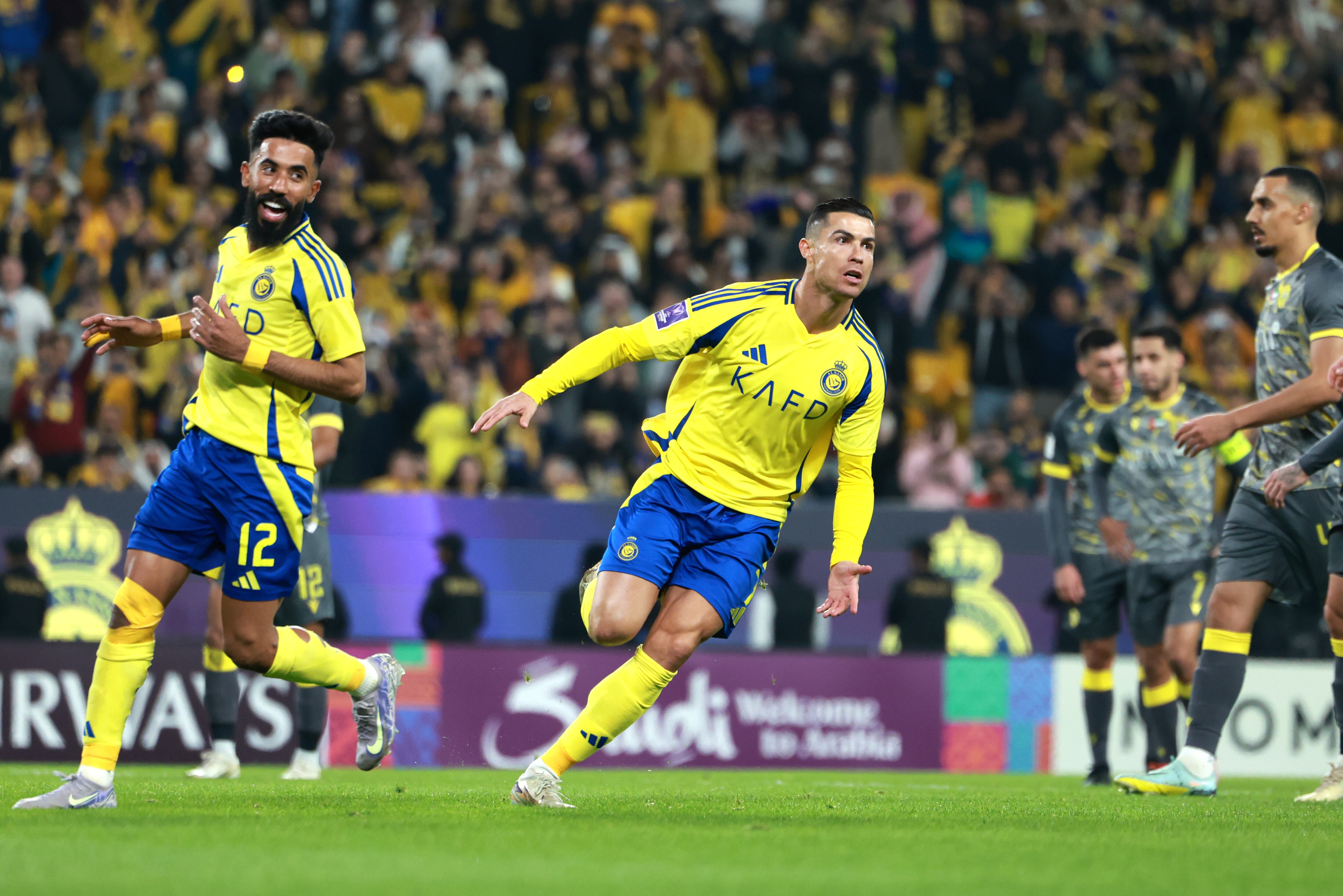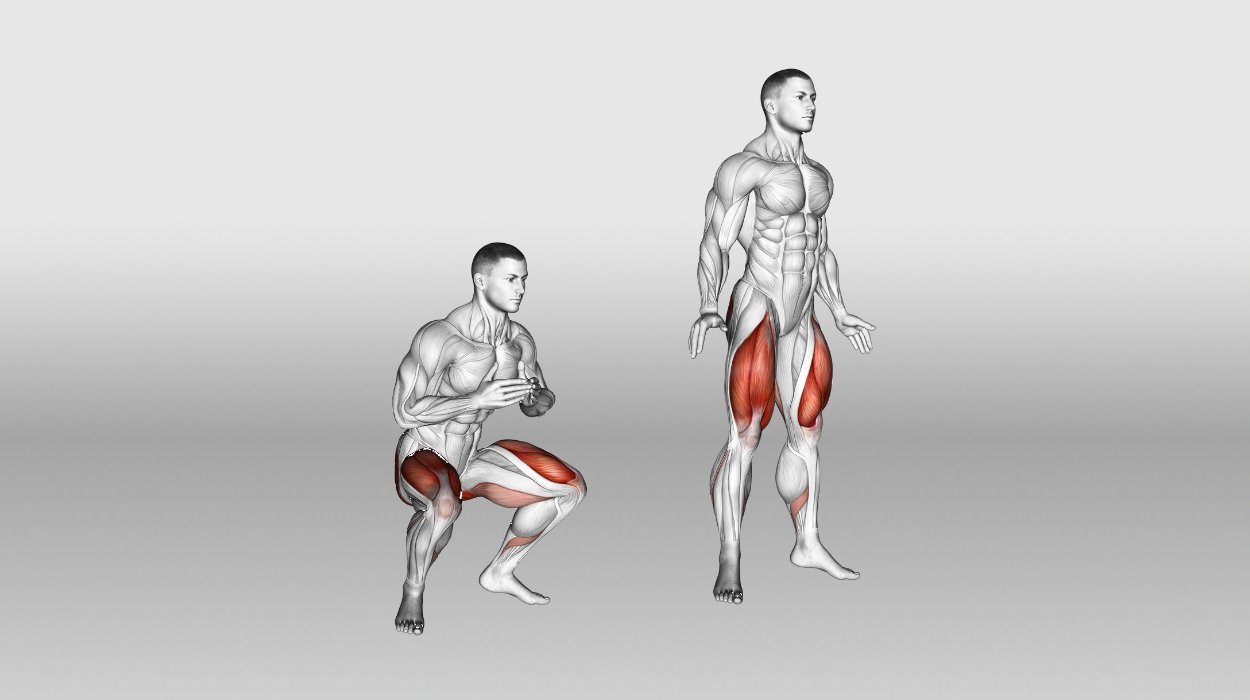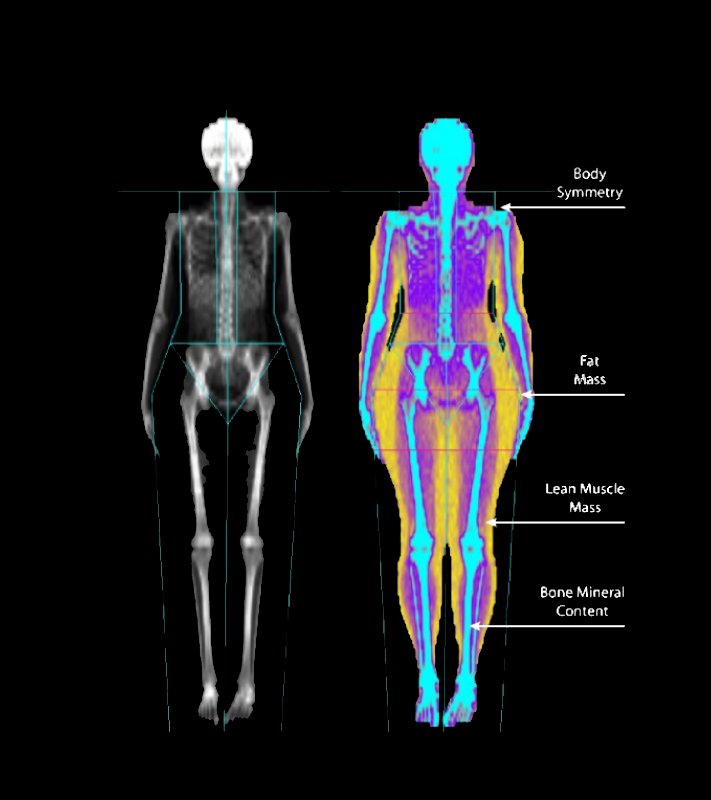The Anatomy of a Leap
A powerful jump is a full-body explosion, much like coiling and releasing a spring. It starts with the "powerhouse" muscles—the glutes, quads, and hamstrings—which generate the initial force. This force is then amplified by the calves and stabilized by a strong core. Ronaldo's training focuses on plyometrics, exercises that train the muscles to produce maximum force in minimum time, perfecting this explosive sequence.



